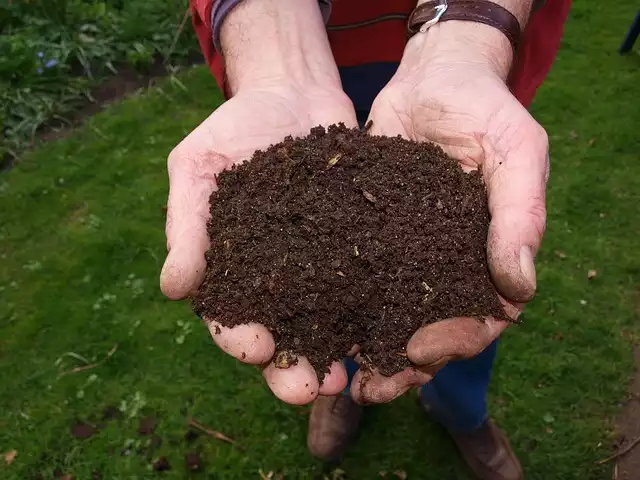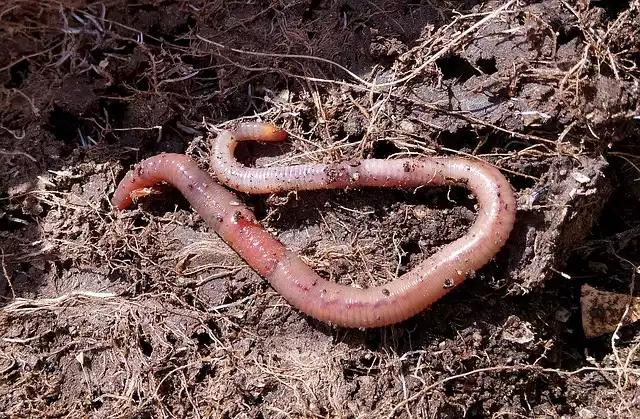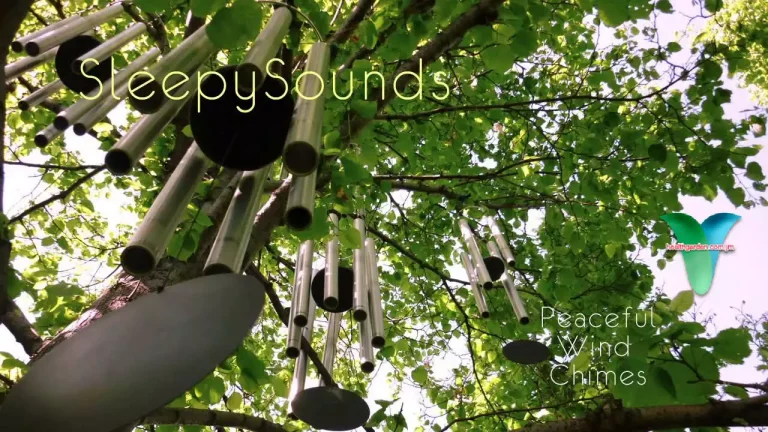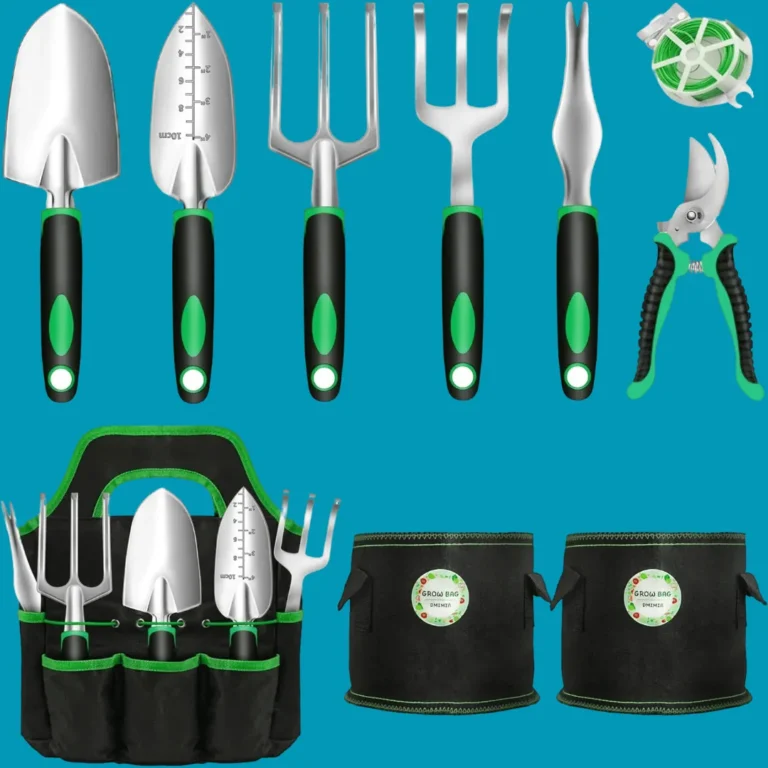A guide to Composting and Composters
Imagine a world where your kitchen scraps and yard waste transform into a nutrient-rich goldmine for your garden, breathing life back into the soil and fostering an ecosystem right in your backyard.
This magical process is not just wishful thinking—it’s the reality of composting, an age-old method that’s gaining modern momentum among eco-conscious individuals looking to reduce their environmental footprint and cultivate their green thumbs.
A Guide to Composting and Composters is poised to be your compass in navigating this green terrain, turning what might seem like a daunting task into an accessible and rewarding journey.
With our guide, you’ll discover that composting isn’t merely about waste management; it’s a step towards sustainable living, allowing you to contribute positively to the environment while reaping tangible benefits for your garden or indoor plants.
Whether you’re living in an apartment with minimal space or have sprawling yards at your disposal, our encouraging insights will unveil the ideal composter for every situation.
So let’s embark on this transformative adventure together—where food scraps and fallen leaves are not seen as end-of-life trash but as the beginning of growth and vitality.
Table of Contents A guide to Composting and Composters
Composting
Composting is one of the hottest trends in gardening.
Driven by a desire to conserve land fill space and to utilize organic fertilizer to the maximum extent possible, it’s no surprise literally millions or people are now composting.
Fueling the trend has been the recent introduction of a variety of composting devices that have replaced the traditional compost pile.
Now, instead of laboriously turning over a smelly compost pile in order to turn out compost after months of work, devices like composting bins, vermicomposters, and tumbling composters make the job quicker, cleaner and most importantly easier.
Composting is a popular gardening trend driven by the desire to conserve landfill space and maximize the use of organic fertilizer.
Millions of people now compost due to the introduction of convenient composting devices such as composting bins, vermicomposters, and tumbling composters.
These devices have replaced the traditional compost pile, making the process quicker, cleaner, and easier.
About Compost
Embarking on the journey towards sustainability, composting emerges as a cornerstone not just for garden enthusiasts but for anyone aspiring to contribute positively to our planet.
At its core, composting is simply the art of turning organic waste into gold for your garden soil.
This process not only enriches the soil, fostering a thriving ecosystem beneath our feet but also significantly cuts down on household waste that would otherwise end up in landfills, emitting greenhouse gases.
Diving deeper about compost reveals an intricate world where kitchen scraps and yard waste transform into nutrient-rich humus through the painstaking efforts of countless microorganisms.
Exploring various composters offers intriguing insights into how technology can harmonize with natural processes to expedite decomposition without sacrificing ecological benefits.
From traditional bins and tumblers to innovative worm farms and Bokashi systems, each composter caters to different needs and spaces, providing flexibility in how one approaches this green practice.
What stands out is not just their capacity to reduce waste or enhance soil health silently but their role in educating users about the cyclicality of life—a constant reminder that what we consume eventually returns back to feed the earth, closing a loop that sustains life itself.
How Composting Works
Composting is nature’s way of recycling, turning kitchen scraps and yard waste into valuable, nutrient-rich food for your garden.
But how composting works is a marvel of simplicity and science in concert.
At its core, composting accelerates the natural decomposition process through managing moisture, air, and temperature.
Microorganisms play the starring role, breaking down organic matter into humus – a dark, earthy material that enriches soil structure while retaining moisture and suppressing plant diseases.
Choosing the right type of composter is pivotal in this process.
Traditional compost bins suit most household needs; they keep materials contained and help maintain the necessary heat generated by microbial activity.
However, innovative approaches such as tumbling composters have revolutionized efficiency — with their ability to evenly distribute air and moisture with just a few turns.
No matter which path you choose, understanding these mechanisms unlocks the mysteries behind Mother Nature’s most sustainable cycle right in your backyard.
Methods of Composting
Diving into the world of composting opens up a fascinating realm where waste transforms into nourishment, following nature’s cycle.
Among the various methods of composting, Bokashi and Vermicomposting stand out for their ingenuity and efficiency, particularly in urban settings where space is premium.
Bokashi composting utilizes a specific mix of microorganisms to ferment kitchen waste, including dairy and meat, which traditional compost piles often can’t handle.
This method accelerates the breakdown process without unpleasant odors, turning your scraps into pre-compost within weeks.
On the other hand, Vermicomposting invites red wiggler worms to do the heavy lifting; as they consume organic matter, they produce nutrient-rich castings invaluable for plant growth.
Considering composters as essential partners in this green endeavor enriches understanding and practice alike.
Closed-bin systems are ideal for those concerned about pests or limited by outdoor space — these containers can sit conveniently on a balcony or tucked away in a garage corner.
Alternatively, enthusiasts with more room might lean towards open-pile composting or tumbling composters that facilitate faster decomposition through easy aeration and turning.
Adopting any of these approaches not only rewards you with rich soil amendment but also significantly reduces household waste footprint – an eco-friendly victory worth celebrating.
The Compost Bin Solution
Diving deep into the science of composting reveals a hidden world that transforms waste into garden gold, yet finding the right compost bin solution often feels like navigating a labyrinth.
With numerous options available, each catering to different needs and spaces, selecting an ideal composter is more nuanced than it appears.
The key lies in understanding your daily organic waste output and matching it with a composter that not only fits your space but also accelerates the decomposition process efficiently.
Innovations in composting technology have birthed systems ranging from traditional bins to sophisticated tumblers and even compact under-sink models for urban dwellers.
For those with spacious backyards, open bins or tumbling composters offer an effective way to handle larger volumes of waste, turning leaves, kitchen scraps, and yard debris into nutrient-rich soil amendments over time.
On the flip side, apartment residents might find electric composters or bokashi systems irresistible as these solutions promise odor-free operation and fit neatly into smaller spaces.
Indeed, the quest for the perfect compost bin solution ends not just when we find a container but when we discover a companion in our journey towards sustainable living.
Tumbling Composter Solution
Embarking on the journey of composting doesn’t just elevate your gardening game; it significantly impacts environmental conservation efforts.
One innovative player in this green mission is the Tumbling Composter Solution.
Unlike traditional pile methods, these compact units facilitate faster breakdown of kitchen and garden waste by enhancing aeration through easy turning.
This method not only speeds up the composting process but also simplifies it, making it an ideal option for urban dwellers with limited space.
The brilliance behind tumbling composters lies in their design which allows for efficient oxygen flow and moisture retention—key elements in achieving that perfect crumbly, nutrient-rich compost.
They effectively turn organic leftovers into gold for gardens without the typical hassle or odors associated with static bins.
Moreover, by opting for a tumbling composter solution, users actively participate in reducing landfill waste while nurturing their little patch of earth—a small step leading to significant environmental strides.
The Tumbleweed Composter
Composting, the art and science of turning organic waste into nutrient-rich soil, is gaining momentum among sustainable living advocates.
Among the diverse tools facilitating this eco-friendly process, The Tumbleweed Composter stands out for its ingenious design and efficiency.
This device revolutionizes composting by simplifying the aeration process, crucial for decomposing organic material into fertile compost.
Instead of laboriously turning over the heap with a pitchfork, gardeners can simply give The Tumbleweed a spin.
The built-in rods break up clumps and introduce necessary oxygen with minimal effort.
The magic of The Tumbleweed Composter doesn’t just lie in its physical design but also in how it transforms the user’s relationship with waste.
It encourages you to see kitchen scraps and yard trimmings not as refuse but as valuable resources.
Implementing this system can significantly reduce household waste while contributing to a healthier garden ecosystem.
Moreover, it offers an educational experience about the cycle of life and decay that’s both fascinating and deeply enriching.
With The Tumbleweed, composting becomes less of a chore and more of an engaging journey towards environmental responsibility.
Composting Wastewater
Venturing beyond the garden-variety understanding of composting, let’s delve into an often overlooked component: composting wastewater.
Harnessing the power of nature to recycle organic waste, this process marries sustainability with innovation.
By integrating wastewater into our composting efforts, we unlock a dual-purpose strategy that not only reduces solid waste but also repurposes water, providing invaluable nutrients for soil rejuvenation.
Composting with wastewater is a testament to eco-efficiency.
It involves treating sewage sludge through aerobic decomposition, turning potential pollutants into beneficial compost.
This method transforms what was once considered waste into a resource that can enhance soil structure, retain moisture, and support plant growth.
It’s a profound reminder of the cyclical harmony present in eco-systems and how human interventions can either disrupt or beautifully complement these systems.
Embracing such practices offers a refreshing perspective on sustainability – where every drop counts and nothing goes to waste.
Vermicomposting
Worms, Worms Worms!
If you read our composting guide, you know that compost is generated by small, naturally occurring organisms that break down composting materials like vegetable scraps from the kitchen or grass clippings.
Vermicomposting is similar, except that it utilizes worms, red worms usually, to create compost and to create worm casings.
The resulting compost and castings are among the best organic fertilizers you can provide for your garden.
There are a variety of different models of Vermicomposters on the market, but the one we’ve selected as the best for our customers is the Worm Factory.
This vermicomposter’s features and design make it stand out from the crowd.
The Worm Factory has the smallest footprint, making it easy to fit just about anywhere.
It is expandable to suit the needs of any grower.
Vermicomposting stands out as a fascinating and efficient technique that harnesses the power of earthworms to break down organic waste into nutrient-rich compost.
This method is not only suitable for garden enthusiasts but also for apartment dwellers, thanks to its odorless nature when managed correctly.
The worms work tirelessly, processing kitchen scraps, paper, and yard waste into what many gardeners fondly refer to as black gold, an amendment known to improve soil structure, water retention, and plant growth significantly.
Choosing the right composter is crucial in embarking on your composting journey.
While traditional bins cater well to backyard composting by facilitating aerobic decomposition, innovative vermiculture systems are designed specifically for vermicomposting.
These systems usually comprise multiple trays that allow easy management of worm activity and harvest of compost without disturbing these tiny yet mighty workers.
By integrating a composter that suits your lifestyle and space constraints, you not only contribute to reducing landfill waste but also embark on a rewarding cycle of sustainability that benefits both your garden and the environment at large.








